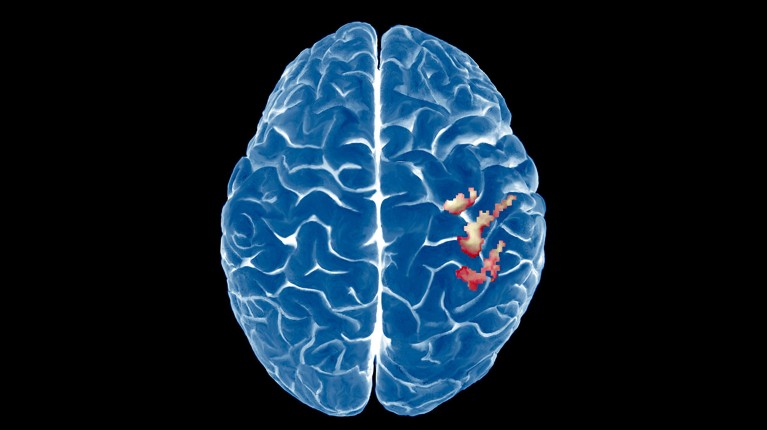Hello Nature readers, would you like to get this Briefing in your inbox free every day? Sign up here.

The brain’s map of the body in the primary somatosensory cortex remains unchanged after amputation.Credit: Zephyr/Science Photo Library
‘Body map’ remains after amputation
A brain-imaging study of people with amputated arms shows that the brain’s map of the body is surprisingly stable — even after a limb is lost. Previous research had suggested that neurons in the brain region holding this internal map, called the primary somatosensory cortex, would grow into the neighbouring area of the cortex that previously sensed the limb. “Pretty much every neuroscientist has learnt through their textbook that the brain has the capacity for reorganization, and this is demonstrated through studies on amputees,” says cognitive neuroscientist and study co-author Tamar Makin. “Textbooks can be wrong”.
Reference: Nature Neuroscience paper
Plastics pollution talks end in stalemate
“We are leaving frustrated. We have not come up with a treaty that the planet so urgently needs,” Edwin Josué Castellanos López, chief negotiator for Guatemala, says of the collapse in negotiations on global plastic pollution. At issue at the UN-backed talks in Geneva were caps on production, sidelined by large oil-producing countries. Plastic production is estimated to grow by 70 percent between 2020 and 2040, eventually hitting 736 million tons a year.
The New York Times | 3 min read
Predicting when dengue will strike
Decades of surveillance data from 14 countries reveal when dengue outbreaks tend to occur in the Americas, a region that saw a record-breaking 13 million cases last year. Major outbreaks tend to occur about five months after an El Niño event — the periodic warming of the Pacific Ocean that can disrupt global weather — and local outbreaks tend to happen about three months after summer temperatures peak and roughly one month after peak rainfall.
Reference: Science Translational Medicine paper
Features & opinion
Why do US electric cars cost so much?
“Despite rapid declines in the cost of batteries — the most expensive component of an electric vehicle (EV) — overall, EV prices have remained stubbornly high”, at least in the United States, note three economists. It’s a different story elsewhere: in China, the Wuling Hongguang Mini EV costs less than $5,000. The full explanation is not entirely clear, say the authors, who recommend that governments link incentives to deadlines and pricetags to ensure that lower costs are passed along to consumers.
Life (way) below the surface
Microbial geochemist Karen Lloyd studies life that stretches the very definition of the word: bacteria and archaea that live deep within the sediment on the seafloor, surviving on the smallest dregs of food without sunlight or oxygen, and living for hundreds of thousands or even millions of years. The work has taken her thousands of metres under the ocean surface, an experience she says she finds unspeakably exciting. “Just finding your study site is a massive win,” she says.
A gut feeling about mental health
Preliminary evidence suggests that nurturing the gut microbiota could help to resolve depression and anxiety, whether through faecal transplant, probiotics or diet. Two 2016 studies showed that transferring faecal matter from someone with depression into rodents gave the animals depression-like behaviors. “This is not how we’d thought about mental illness, as something that can be transferred the way you could catch measles,” says psychiatrist Valerie Taylor. Now researchers are working to untangle how the microbiota influence various human illnesses throughout the gut-brain axis — including effects on the immune system, the vagus nerve and the enteric nervous system.
This editorially independent article is part of Nature Outlook: The human microbiome, a supplement produced with financial support from Yakult.
